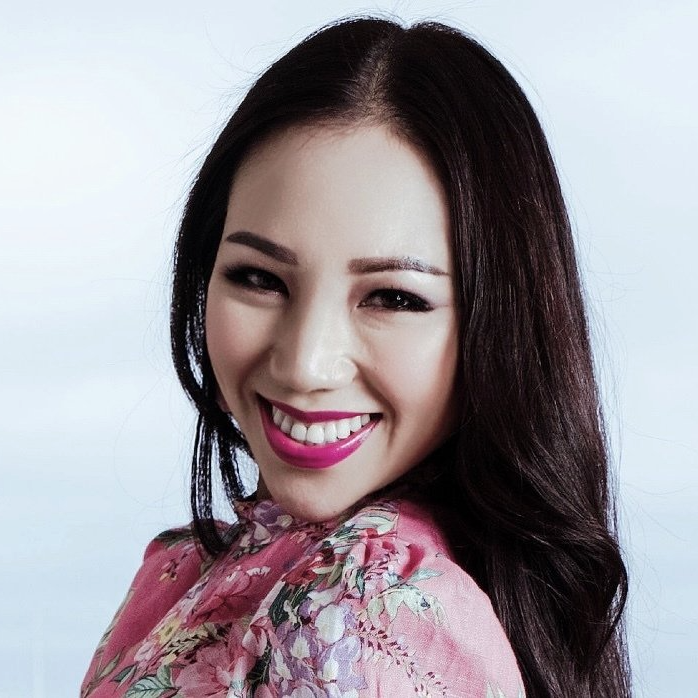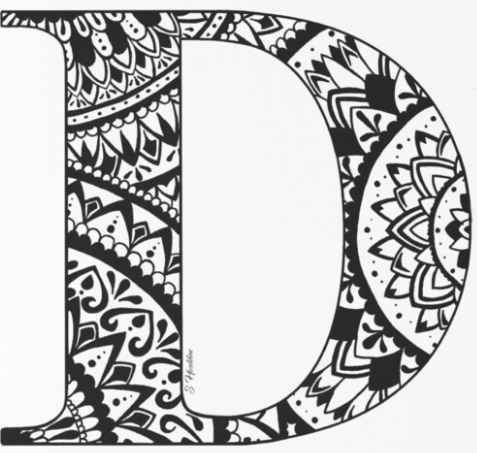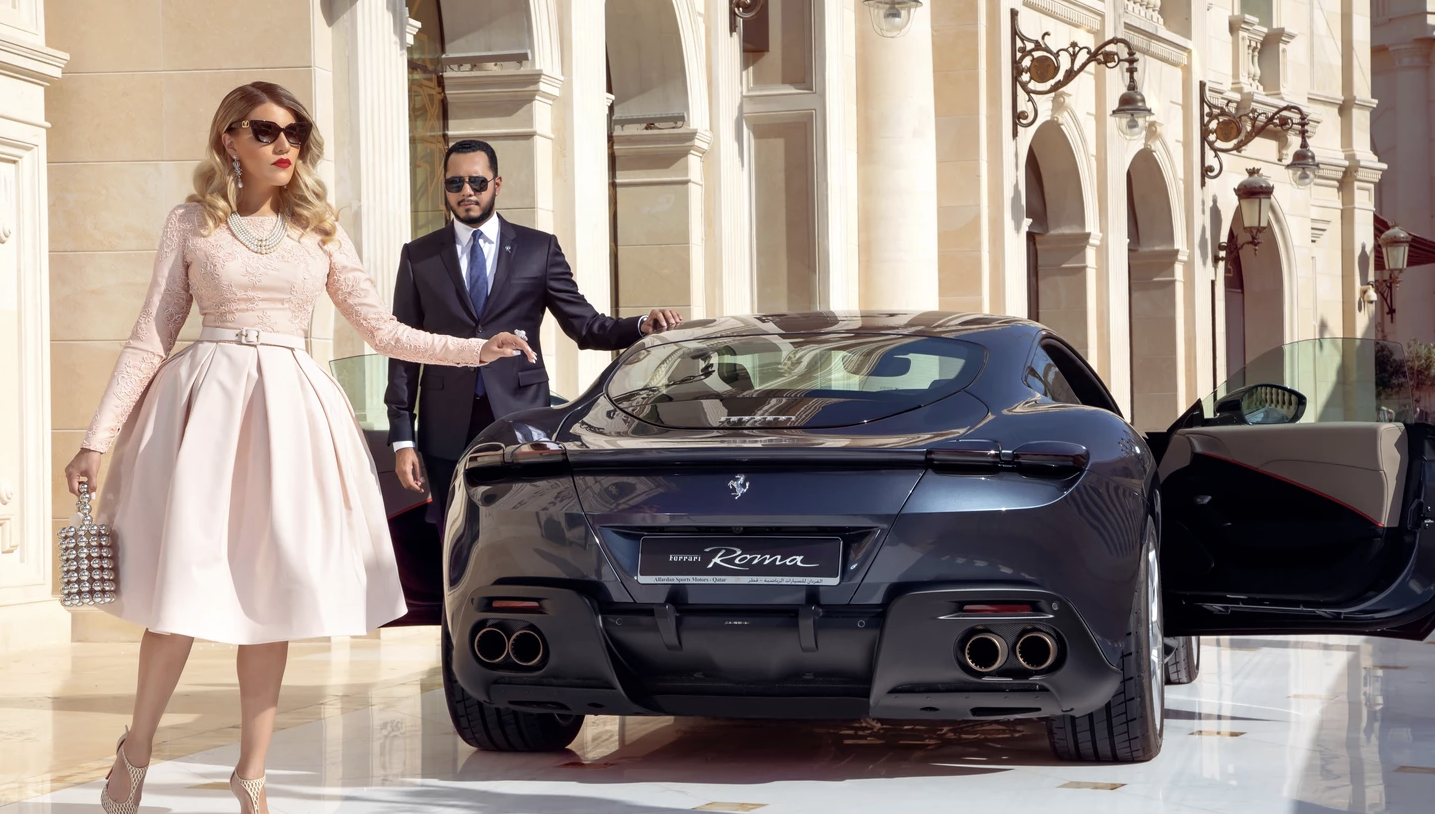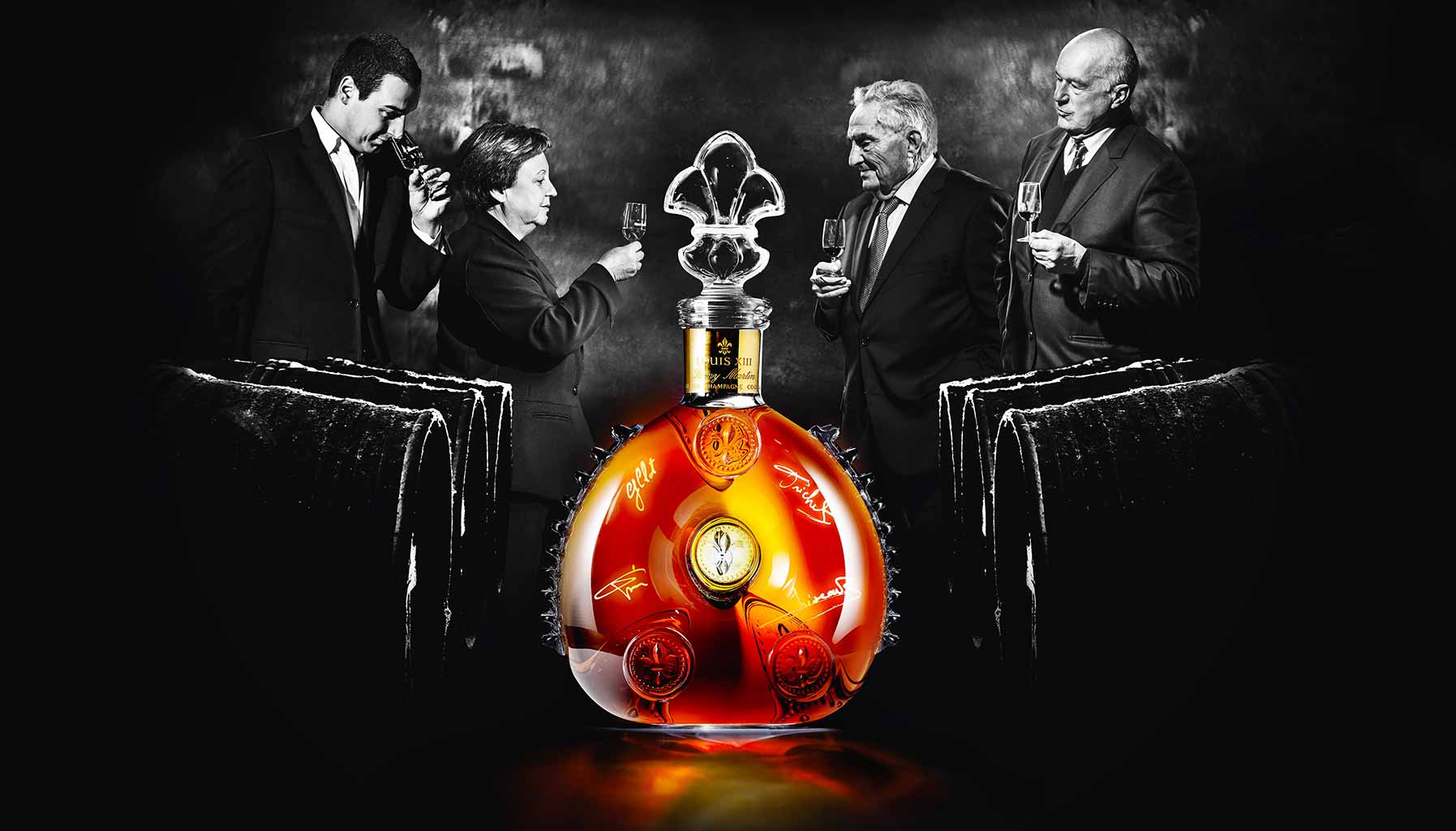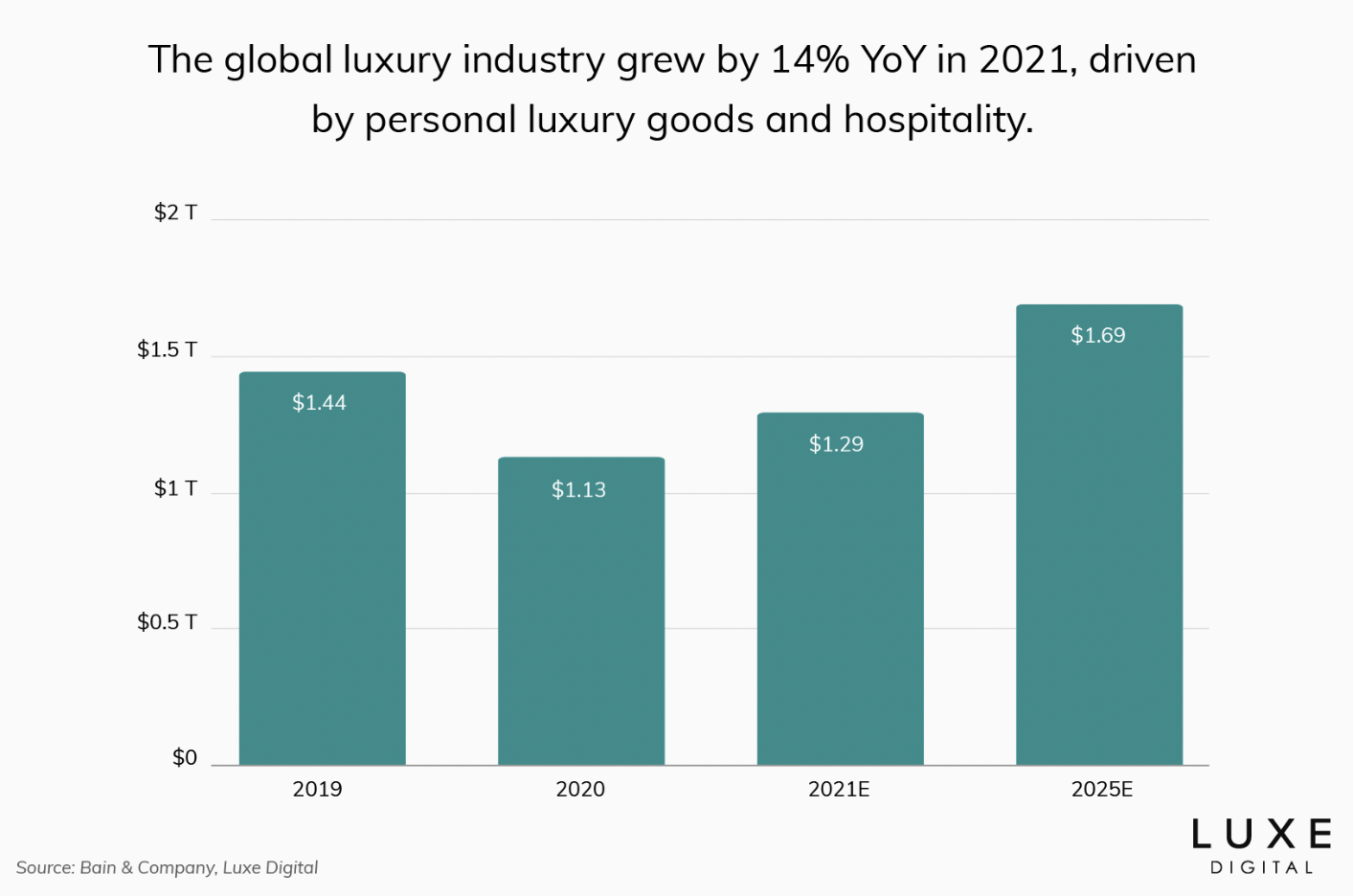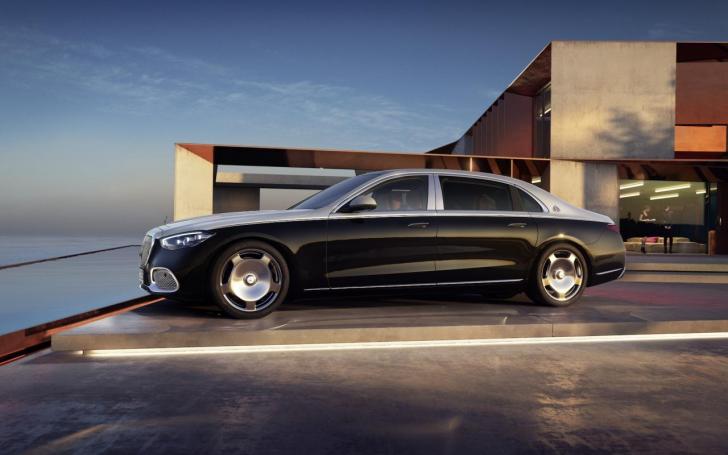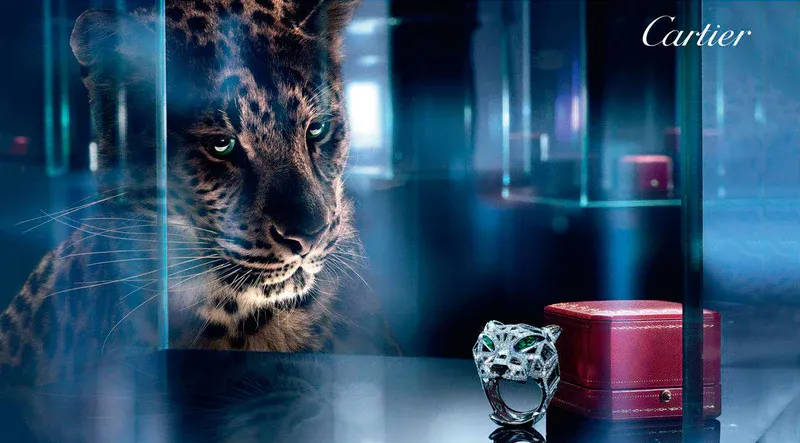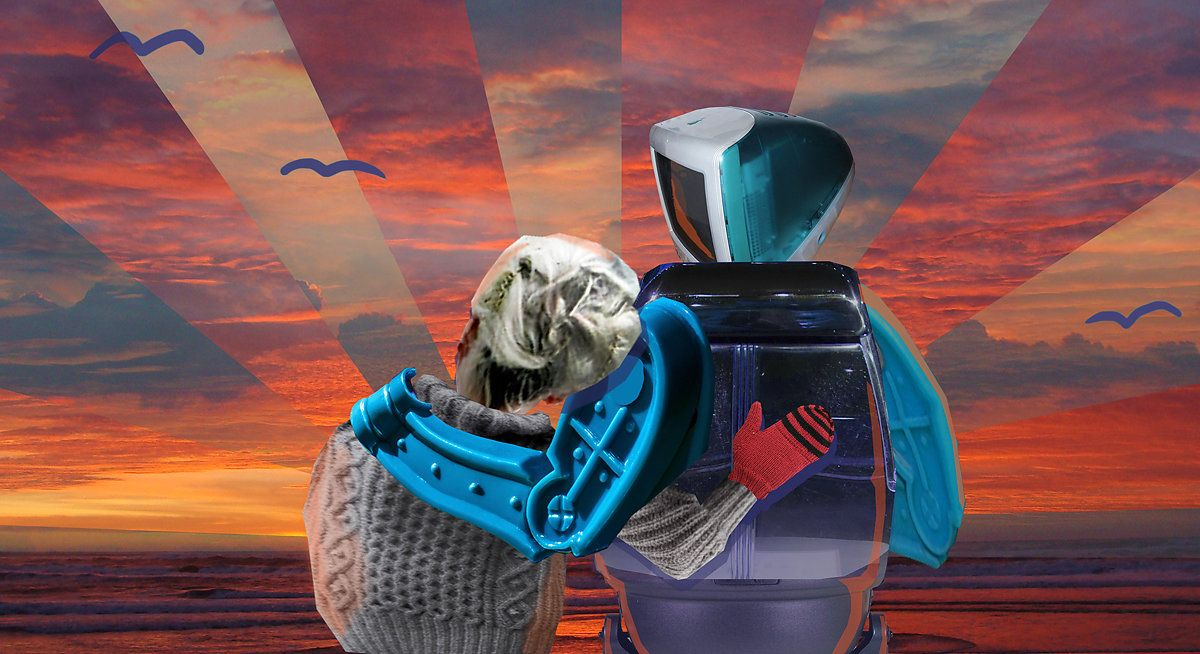on’t ever underestimate the value of dreams. In the world of luxury, dreams are linked to legends, myths, stories and histories. For many of us, dream yacht, splendid car, trophy house, dazzling watch, and Instagrammed vacation are classic examples of desirable dream objects that form the art of living but serve little purpose in real life. Mass-market brands sell reality. Luxury brands have the incredible ability to create stories that ignite our immediate desires to imitate an ideal world that’s exclusive, successful, glamourous and prestigious. They promise to make dreams come true and these dreams don’t come cheap.
The Business of Selling Dreams
Aleisha Lee, CPA
8 July 2022 | < 12 minutes read
Source: BrandingMag.com
Defining Luxury
The word “luxury” comes from the Latin term “luxus”, which means sumptuousness and excess. Luxury is all about the extraordinary.
“Economically, it’s about price and value; culturally it’s about the magical aura the brands radiate; socially, it’s about status and exclusivity; psychologically, it’s about how the brand makes customers feel special; and managerially, it’s about creating a culture of excellence.”(1)
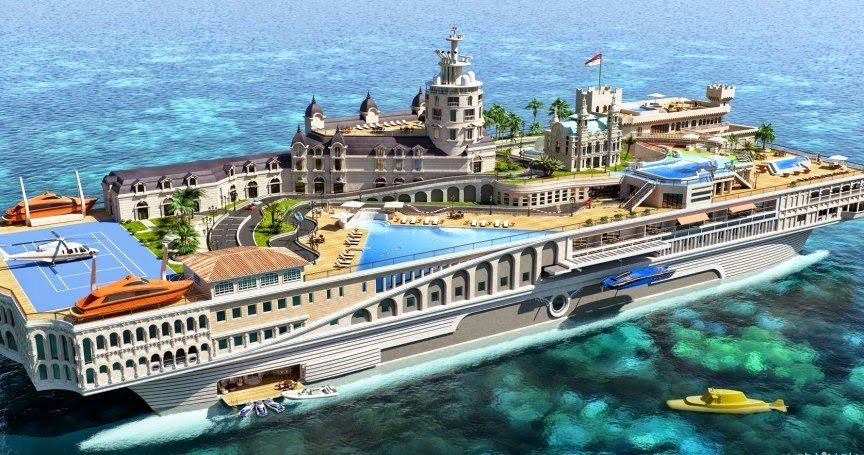
Source: Jetset Mag, Streets of Monaco, the 508-foot-long superyacht with a jaw-dropping value of £1.1 billion
Apple’s Inc’s mastermind Steve Jobs once said, “Don’t sell products. Sell dreams”. Steve Jobs was no stranger to making a business successful. His legacy and principles continue to drive Apple’s current and future products even a decade after his death. Consumers queue up overnight for the new releases of iPhone, iPad, and Macbooks despite the fact that Apple’s products are not technologically unique or superior.
Apple is now sitting on a market capitalisation of $3 trillion. It remains the most valuable brand in the world with a record brand value of over $355 billion. If a $1 billion start-up is a unicorn, Apple Inc would definitely be called a Griffin.
(2)
Source: Apple Inc.
Bernard Arnault, the CEO of
LVMH
which controls more than 70 most valuable luxury brands in the world including Louis Vuitton, Moet & Chandon, Givenchy, Bulgari, Kenzo, and Christian Dior, just to name a few, describes his products as
"items that serve little purpose in the lives of consumers except to fulfil dreams. And those dreams don't come cheap".
Source: Forbes
Gucci, founded by Guccio Gucci in 1921, is one of the oldest Italian fashion brands in operation today. Interestingly, It’s not about the handbags, it’s about “Are you a Gucci man or a Gucci woman?”. Sitting on a brand value of $18.1 billion according to the most recent brand valuation (3), Gucci’s former CEO, Robert Polet, says "We are not in the business of selling handbags. We are in the business of selling dreams".
At Gucci, these dreams come true for as little as $530 for a set of collector-worthy playing cards printed with a whimsical forest print, presented in a supreme case that’s stamped with the world’s most recognisable insignias - the ‘Double G’ emblem. The set immediately brings out the playful spirits in us and evokes our desires to be part of Gucci’s dreamy lifestyle of sports and leisure. Aspirational? Absolutely.
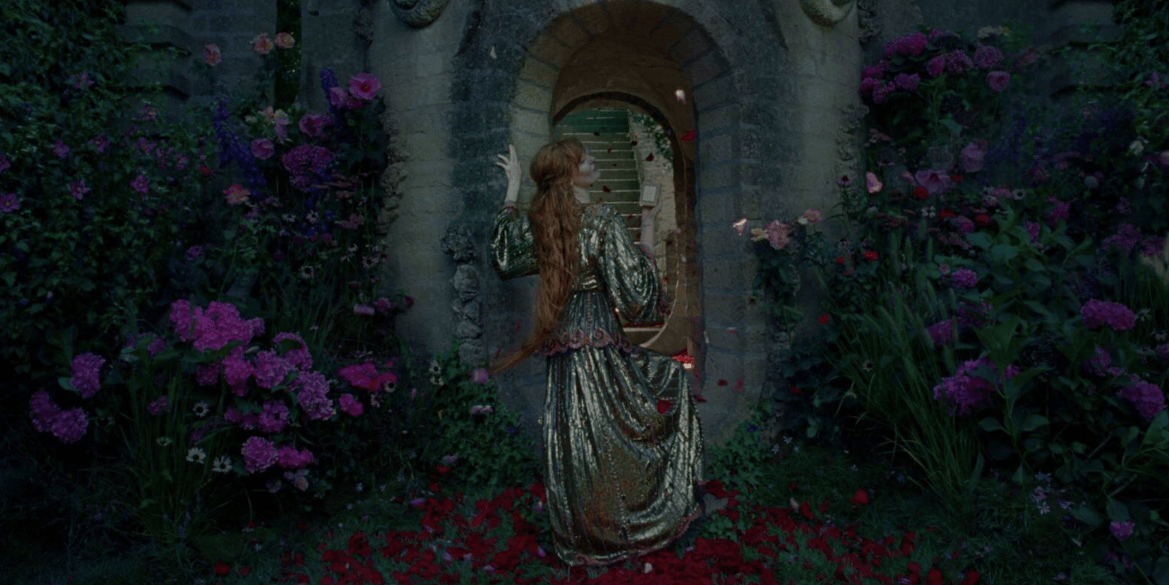
Source: Gucci, the Garden of Dreams
Longinotti-Buitoni, President and CEO of Ferrari North America, shows in his book titled ‘Selling Dreams’ how to create a dream product or service by creating images that spark customers' imagination and attract lasting interest. In a report published by the Brand Finance Global 500, the value of the Ferrari brand is worth an estimated $9.1 billion, making it the strongest brand for the second consecutive year. As of April 2022, Ferrari has a market capitalisation of $40.75 billion, claiming the world's 440th most valuable company by market capitalisation.
Source: Ferrari.com
These brands come from different high-end sectors like automotive, fashion, and technology. Not only that they represent the epitome of luxury, but they also manifest themselves through brand strategy and identity, shopping experience and compelling storytelling. They create stories in which customers want to play a part. Artisans, craftspeople, designers, and strategy consultants work collaboratively to conjure up images and spirits that bring the brands alive and evoke a cult-like following.
The luxury appeal is undeniable
The psychology of luxury consumption suggests that our timeless love affair with luxury is the manifestation of all the different and never-ending desires we have stemmed from the drive to meet the needs for
connection, acceptance, esteem, identity, significance, sense of distinction, and superiority.
The brands' ability to project
exclusiveness, exquisiteness and elitism fulfils these social needs and gives them the power to command and sustain much higher prices than brands without. Dreams were kept alive even in the most difficult and challenging business environment. The COVID-19 global pandemic had impacted many and disrupted the supply chains, but it had not quelled the appetite for high-end possessions. The luxury industry has been exceptionally resilient and the pursuit of expensive experiences continues to soar, pushing up prices for luxury items while many other industries are struggling to stay afloat.
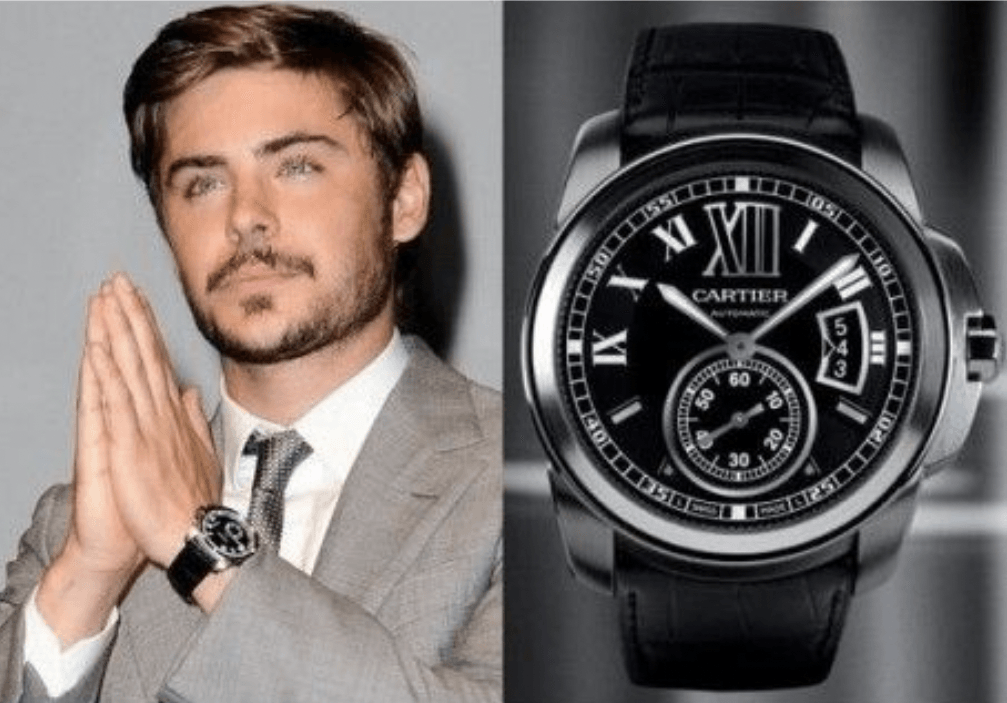
Source: GQ.com
Demand spikes when customers see a celebrity wearing an item and immediately want to imitate the ideal. To maintain exclusiveness, the luxury industry responded by lifting prices. In February this year, Louis Vuitton raised prices for the second time in four months, increasing handbag costs by an average of 20 per cent. Chanel, too, has upped prices by the same percentage. Theory suggests that consumers' purchase decisions are motivated by the feeling of superiority and elitism, by keeping prices almost out of reach, these luxury products retain their dream value and rarity. The rationale behind this concept is demonstrated in
The Dream Formula.
Introducing the Dream Formula
Developed by Bernard Dubois and Claire Paternault, the Dream Formula is a regression equation that tells the structural relationship between awareness, purchase and dream. The formula was developed based on interviewing and analysing the consumption behaviour of 3,000 consumers, using self-completed and face-to-face questions to assess their shopping habits and perceptions relative to a set of 34 luxury brands across five major European countries.
In this formula, the awareness coefficient is positive while the purchase coefficient is negative. The negative value of -8.6 is interesting because it means that when there is no awareness or purchase, the dream value is negative. Brands, therefore, need to create a decent amount of awareness to even have a positive dream value. The awareness, in turn, creates a desire in the mind which then leads to more purchases. The negative coefficient of 0.59 indicates the level of diffusion at which a luxury brand adversely affects its dream appeal.
Luxury goods are perceived by customers as rare and exclusive – the ‘rarity principle’. According to this formula, awareness feeds dreams, purchases make dreams come true. When the brand is over-diffused, the rarity appeal slowly diminishes and the brand starts to lose its luxury character. In another word, the increase in purchases is when the brand stops being considered rare.
In order to keep dreams alive, consumers’ awareness of the brand must surpass the diffusion.
Source: Robb Report Singapore, with only 200 N°XIII red decanters available worldwide, the rare N°XIII experience is limited to one decanter per club per night. Only 0.0000038361% of people worldwide will have the chance to experience N°XIII. Rare, exclusive, strictly limited, and exceptionally striking.
The basic motivational drivers for luxury consumption are similar. Luxury value perception does not vary across nationalities or cultural groups. Global management consulting group - BCG’s latest study found consumers spent $1.8 trillion worldwide on luxury goods in 2020, amid the COVID-19 pandemic. Research from Statista also reveals the luxury goods market is a global behemoth, sitting on a valuation of $309.6 billion in 2021 with the world’s top 100 luxury goods companies generating a combined revenue of $252 billion.
Although the impact of the pandemic has been unprecedented and staggering, the latest projections published by Fortune Business Insights suggested the luxury market is expected to grow to $382.6 billion in 2025 at a CAGR of 5.4%. Research conducted by Bain & Company further indicated that global luxury is experiencing an impressive growth of 14% YoY in 2021, mainly driven by personal luxury goods and hospitality. Global sales of personal luxury goods are projected to reach $320 billion this year as per Bain’s most conservative estimates.
Source: Bain & Company, Luxe Digital
On a global comparison, the United States remains the largest consumer of luxury goods whilst Australia is regarded as a strategic market. In Australia, research shows homeownership has become increasingly unattainable for many younger Australians. As a result, around 81% of Australian affluents seek luxury items that can be long-term investments. Australia also has one of the highest portions of disposable income which is $45,800 AUD, ready to be spent on luxury goods for self-betterment and personal indulgence. Revenue in the Australian luxury goods market amounts to $7.11 billion in 2022 and is expected to grow at an annualised rate of 3.87% over the next five years through 2022 – 2027. (5)
Luxury consumption theory holds that consumers buy disproportionately more luxuries after their basic needs have been met, feeding the underlying desire to seek the extraordinary.
Creating the extraordinary – the ‘wow’ factor
Luxury is all about the extraordinary. There is no luxury that comes cheap. Many of us often associate luxury items with quality, beauty, and expensiveness. For an item to be perceived as luxury, extraordinary value creation in both tangible and intangible forms must be present and marketed through an authentic brand story that would deliver the ‘wow’ factor. Luxury isn't only about beautiful products nor would eye-watering price tags make an item a luxury. Being expensive is somewhat irrelevant in the high-end market.
To illustrate this concept, a billionaire with a personal fortune of $5 billion USD, buying a $500k USD Mercedes-Maybach is just a rounding error. For some others, it is an unattainable dream. The term 'expensive' is only relative to the individual. Putting an expensive price tag on an item alone does not make it a luxury. What gives extreme value is the combination of both tangible and intangible elements that connect customers to the brand. Tangible elements such as exceptional design, material, craftsmanship, and packaging will form part of the equation in creating brand value.
The main driver in building an extreme ‘wow’ factor that makes customers happily pay 5 times more is the intangible element of
delivering the extraordinary – one that takes the customers to a different world; a world that’s almost out of reach; a world that makes them feel instantly sexier, more glamorous, more powerful and desirable.
Source: Mercedes
This dream value gives the explanation why customers are willing to pay a premium for the thrill of owning something that would give them a perceived sense of prestige and status. Without it, brands cannot command a substantial premium above what the supply and demand curve dictates.
A good example is the high-end diamond industry, loose diamonds have a set international price, unlike other gemstones. In this respect, diamonds are somewhat like gold. The intrinsic value of diamonds is based on the 4Cs which set the basic standard for grading that determines the value of the diamond.
A 1-carat brilliant-cut diamond ring in a solitaire setting will cost approximately $12,000 at mass-market jewellers such as Michael Hill. With other factors being as equal as possible, a similar diamond ring will cost $60,000 at Tiffany and likely another $25,000 to $35,000 more at Cartier.
Source: Vogue
Again, dream value is the explanation for this price phenomenon.
In the world of luxury, “Dreams require some history or story that sparks the imagination, creates uniqueness, elevates the customers to some sense of spirituality or status, and provides incredible experiences.” (6)
When someone experiences a brand, through sight and sound, the person often has a reaction, a personal feeling. Sometimes the reaction is emotional, sometimes it’s intellectual. These reactions create a story, a story of how a brand makes a person feel or think. The way a brand grows is by telling these stories and putting them out into the world. When customers see themselves in that story, they want to experience it too. This process of creating longing and passionate imagining is how the dream value is built.
Source: Riken.jp
For example, the Cartier brand itself is perceived by customers as a symbol of decadence, sophistication, glamour and uniqueness. It has a century-long history full of adventures and incredible journeys closely related to the Cartier family that started the brand in 1847. The brand has valuable heritage related to the crafting of jewellery, travelling, exploring, royalty and the dedication of the Cartier family that add memorable meanings to the brand. and King Edward VII once named Cartier
“jeweller of the kings and the king of jewellers.” When a customer buys a ring from Cartier, it will be exquisitely presented in its iconic little red box. The little red box isn’t just what the name suggests, rather,
it is a treasure casket that carries not only surprises but lofty promises, dreams, joy, happiness and a declaration of eternal love.
Source: Cartier
Adding to the story of eternity and true love, the shopping experience and the clienteling further complement the dream value of Cartier and justifies the price premium. Each boutique is architecturally designed, from the ceiling to the colour and the material choices. It exudes the level of luxury and intimacy that make customers linger, whether or not they are making a purchase. Bottomless Louis Roederer and Osetra caviar on mother of pearl spoons served by immaculately groomed boutique ambassadors are just part of the extraordinary Cartier experience.
Buying a diamond ring from Cartier might be out of a lot of people’s price range. For me, buying a ring at a mass-market jeweller is underwhelming and storyless. It lacks that captivating and inspiring element, the promising story that begins with
‘once upon a time’ and ends with ‘happily ever after’, and the memorable and emotional progression in between. In comparison, the Cartier ring itself lives longer than time and it is designed not to be replaced.
The lasting story and the extraordinary experience that calls for scarcity, prestige, heritage, and eternity are something other jewellers cannot replicate.
Final words
Desires are strong and dream last long. The brand story evokes desires, creates dream value and accumulates symbolic capital. It explains its existence and purpose and defines its uniqueness from other brands. Luxury is the business of selling dreams.
No one wears a Burberry trench coat merely to stay warm. No one buys a bottle of Dom Perignon just because they are thirsty. No one spends half-million on a Bentley Continental GT just to get them from point A to point B. We can’t put a price tag on dreams, but we can put a price tag on dream objects. Many of us seldom desire what we can normally have in the ordinary world, instead, we desire something that’s out of reach and unobtainable. These high-end brands will continue to make fortunes by giving customers the space to project their unlimited desires and fantasies while offering products to cater to such aspirations.
References
(1). Hannes Gurzki, Dreaming Up A World, Forbes, 20 November 2019, https://www.forbes.com/sites/esmtberlin/2019/11/20/dreaming-up-a-world--how-luxury-brands-create-desire/?sh=e79c33771af9.
(2) Kif Leswing, Apple becomes first U.S. company to reach $3 trillion market cap, CNBC, 3 Jan 2022, https://www.cnbc.com/2022/01/03/apple-becomes-first-us-company-to-reach-3-trillion-market-cap.html#:~:text=Apple%20hit%20a%20market%20cap,all%20of%20its%20product%20lines.
(3). P. Smith, Brand value of Gucci worldwide from 2016 to 2022, Statista, 13 May 2022
(4). Statista Consumer Market Outlook, Statista, August 2021, https://www.statista.com/study/61582/in-depth-report-luxury-goods/
(5). Luxury Retailing in Australia, Ibisworld, 30 May 2022, https://www.ibisworld.com/au/industry/luxury-retailing/5465/
(6). Pierre Valette-Florence, Luxury brand desirability and fashion equity, Wiley Online Library, 27 September 2018
Disclaimer
This article is for general informational purposes only. I give no warranty and accept no responsibility or liability for the accuracy or the completeness of the information and materials contained in this article and on this website. Under no circumstances will I be held responsible or liable in any way for any claims, damages, losses, expenses, costs or liabilities whatsoever (including, without limitation, any direct or indirect damages for loss of profits, business interruption or loss of information) resulting or arising directly or indirectly from your use of or inability to use this website or any websites linked to it, or from your reliance on the information and material in this article and on this website.




